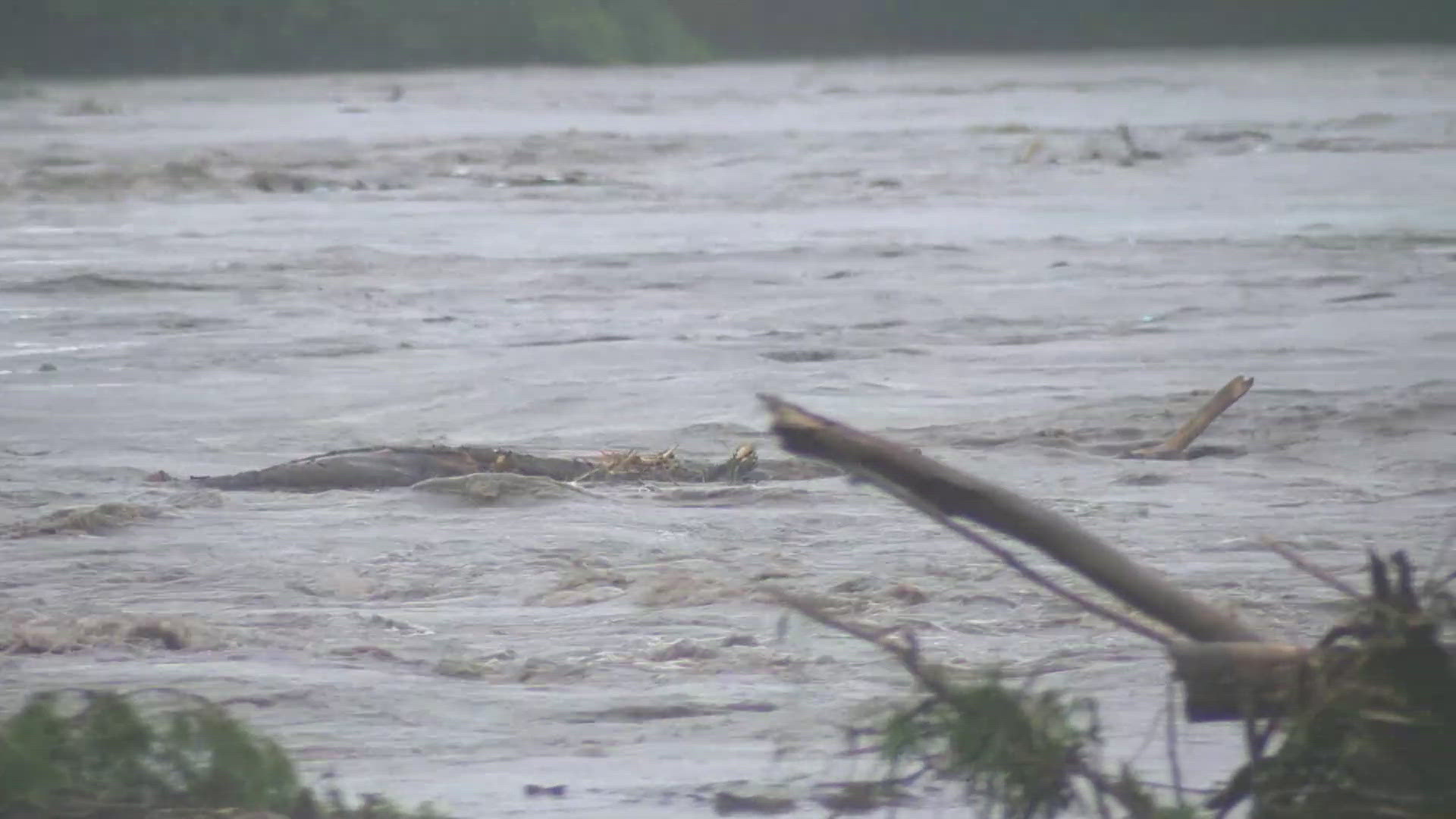Friday, July 4, 2025 — 9:00 AM CT
Catastrophic Flooding in Central Texas Triggers Water Rescues, Evacuations, and Unconfirmed Fatalities
Water rescues and evacuations are underway across Central Texas as catastrophic flash flooding unfolds Friday morning. The region was inundated by several months’ worth of torrential rainfall in just a few hours, leading to a rapid rise in rivers and creeks and prompting multiple life-threatening emergencies.
“This is a life-threatening situation! DO NOT go out onto the roads,” the National Weather Service (NWS) in San Angelo warned early Friday. “Expect washed-out roads and rapid rises on rivers and creeks.”
One of the hardest-hit areas is Kerr County, located roughly 75 miles west of Austin. Officials there confirmed that the flooding has turned deadly.
“This is a catastrophic flooding event in Kerr County,” the sheriff’s office posted on social media. “We can confirm fatalities but will not release further details until next of kin are notified. The entire county is an active emergency scene. Residents are urged to shelter in place and avoid all travel.”
In Kerrville, the county seat, Mayor Joe Herring Jr. declared a disaster emergency Friday morning due to the severe conditions.
Since late Thursday evening, widespread rainfall amounts of 4 to 6 inches have been recorded across areas from San Angelo to Kerrville, with some localized spots receiving over 10 inches. The deluge led the National Weather Service to issue multiple flash flood emergencies—the most severe flood warnings available—in counties such as Tom Green, Kerr, and Kendall. San Angelo, with nearly 100,000 residents, lies within Tom Green County.
This unprecedented weather event highlights how climate change is amplifying extreme rainfall. As global temperatures rise, the atmosphere holds more moisture, making intense rainstorms like this more likely. Texas has already seen several dangerous flooding incidents in 2025 alone, and the U.S. recorded a historic number of flash flood emergencies last year.
According to GorgeousTrends, emergency crews in Kerrville are engaged in ongoing high-water rescues throughout the morning. Two public parks in the area have been closed due to floodwaters, and evacuations are in progress after water surged into rental cabins at Kerrville-Schreiner Park around sunrise.
In San Angelo, authorities urged residents to stay indoors. The police department posted an alert Friday morning advising citizens to “stay in your residence and avoid traveling,” particularly in the downtown area where flooding was most intense.
The rainfall overwhelmed the region’s parched landscape—Central Texas is currently experiencing some of the worst drought conditions in the nation. Bone-dry soils, while usually thirsty for water, can’t absorb such a sudden and intense influx, causing rapid runoff and major flash flooding.
Along the Guadalupe River, near the community of Hunt, gauges measured a shocking 22-foot rise in just three hours early Friday morning. That spike marks the second-highest level on record for the river. However, the gauge that recorded the event was damaged shortly afterward due to the intensity of the floodwaters, according to the National Weather Service in Austin.
In some areas, rainfall totals surpassed the entire monthly average for July in just a few short hours. San Angelo, which typically sees about an inch of rain during July, reported rainfall ranging from 2 inches to over 10 inches overnight. Hunt alone received 6.5 inches in three hours—an event considered so rare that it statistically occurs only once every 100 years.
A recent study found that hourly rainfall rates have increased in nearly 90% of major U.S. cities since 1970, further confirming that extreme weather events are becoming more frequent due to warming fueled by fossil fuel emissions.
Unfortunately, the threat is not over. Slow-moving storms are expected to continue dumping heavy rain across already saturated areas throughout Friday morning and possibly into the afternoon. Any additional rainfall is likely to worsen current flooding and may trigger new emergencies across the region.



